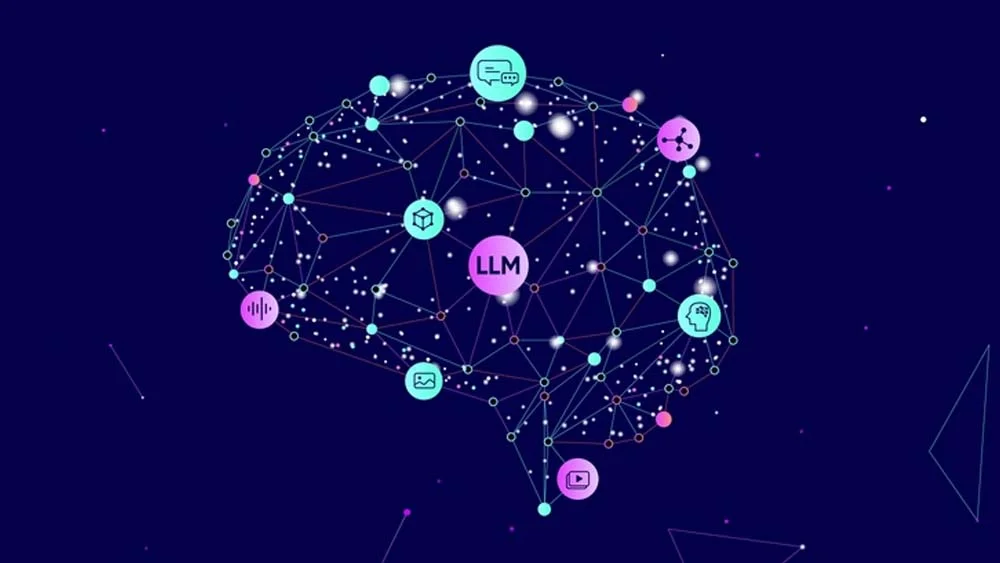Deploy Large Language Model:
In recent years, large language models (LLMs) have revolutionized the landscape of natural language processing (NLP) and artificial intelligence (AI) applications. These models, such as the GPT (Generative Pre-trained Transformer) series by OpenAI, have shown remarkable capabilities in understanding, generating, and even translating human language. However, deploying such models into real-world applications involves various challenges and considerations.
Understanding Large Language Models:
Before diving into deployment strategies, it’s crucial to understand what large language models are and how they function. Large language models are deep learning architectures trained on vast amounts of text data to understand and generate human-like text. These models leverage techniques such as self-attention mechanisms and transformer architectures to capture intricate patterns and relationships within language data.
Deployment Challenges:
Deploying large language models poses several challenges, including:
- Computational Resources: LLMs often require significant computational resources for both training and inference. Deploying them efficiently requires careful consideration of hardware infrastructure, including CPUs, GPUs, or specialized accelerators like TPUs.
- Latency and Throughput: Real-time applications demand low-latency responses and high throughput. Optimizing model inference speed while maintaining accuracy is crucial for deploying LLMs in such scenarios.
- Model Size: LLMs can be massive in size, with hundreds of millions or even billions of parameters. Managing model size is essential for efficient deployment, especially in resource-constrained environments such as edge devices.
- Scalability: Scalability is critical for LLMs in high-demand environments where the workload varies dynamically. Implementing scalable architectures ensures smooth performance under varying loads.
- Security and Privacy: Large language models trained on diverse datasets may inadvertently memorize sensitive information. LLMs securely involve mitigating privacy risks and safeguarding against adversarial attacks.
Deployment Strategies:
To address these challenges, here are some effective strategies for large language models:
Model Quantization:
Quantization techniques reduce the precision of model parameters, thereby decreasing memory footprint and improving inference speed. Techniques like dynamic quantization and post-training quantization are commonly used to LLMs efficiently.
Model Parallelism:
Breaking down the model into smaller components and distributing them across multiple devices or nodes enables parallelized inference, improving throughput and scalability. Techniques like model sharding and pipeline parallelism can be employed for efficient deployment.
Hardware Acceleration:
Leveraging specialized hardware accelerators such as GPUs, TPUs, or FPGAs can significantly enhance the performance of LLMs. Hardware accelerators are designed to accelerate specific types of computations, making them well-suited for deep learning models efficiently.
Caching and Memoization:
Caching frequently used computations or precomputing certain results can reduce the computational overhead during inference, improving latency and throughput. Techniques like memoization can be applied to store and reuse intermediate results, optimizing inference speed.
Dynamic Model Loading:
Loading only the necessary parts of the model into memory based on the incoming request can help conserve memory resources, especially for large models. Techniques like on-demand loading or lazy loading ensure efficient memory utilization during inference.
Model Pruning:
Pruning removes redundant or less important parameters from the model, reducing its size without significant loss of accuracy. Techniques like magnitude-based pruning or structured pruning can be applied to compact LLMs without compromising performance.

Federated Learning:
Federated learning enables model training across distributed devices while keeping data localized, preserving privacy and security. LLMs using federated learning allows for collaborative model updates without centralizing sensitive data.
Containerization and Orchestration:
Containerization tools like Docker enable packaging LLMs and their dependencies into lightweight, portable containers. Orchestration platforms like Kubernetes automate the deployment, scaling, and management of containerized applications, facilitating seamless deployment of LLMs in distributed environments.
Continuous Integration and Deployment (CI/CD):
Implementing CI/CD pipelines streamlines the deployment process by automating testing, validation, and LLMs. Continuous monitoring and feedback loops ensure the reliability and performance of models in production.
Deploying large language models effectively requires a combination of optimization techniques, architectural considerations, and deployment strategies tailored to specific use cases and constraints. By understanding the challenges and adopting suitable strategies outlined in this guide, organizations can harness the power of large language models to build innovative AI-driven applications with efficiency, scalability, and reliability.

